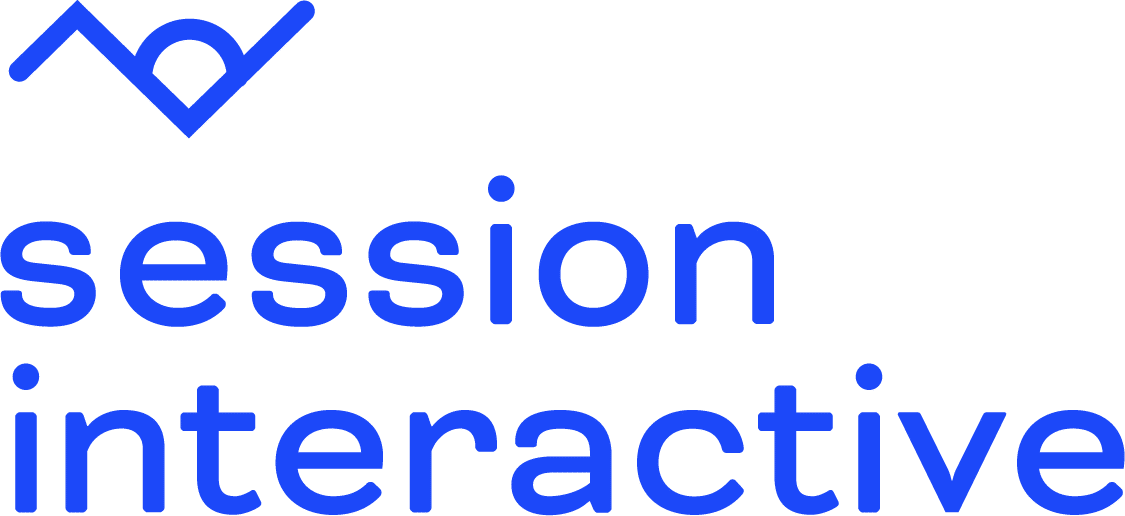
Ryan Levander is the Founder of Rednavel Consulting, a firm specializing in analytics, conversion rate optimization (CRO), and experimentation for SaaS and e-commerce businesses. With years of expertise in measurement and CRO, Ryan helps companies unlock data-driven strategies that enhance user experiences and boost revenue. Beyond his consulting work, he is a sought-after educator and speaker, sharing insights on platforms like Traffic Think Tank and at industry events worldwide.
About the Episode
Many marketers focus on driving traffic but ignore user behavior after the click. This episode explores how to measure and optimize the entire customer journey, not just bottom-of-funnel conversions. Tyler Lane hosts Ryan Levander as they discuss building smarter, measurement-first marketing strategies to align with real customer behavior and improve business outcomes.
Key Moments
Ryan’s Background
- How Ryan got started in the digital marketing industry [1:57]
Data-Driven Marketing Challenges
- The gap between paid media optimization and on-site user experience [9:23]
- Why measuring the entire user journey, not just final conversions, matters [13:06]
- Common analytics setup mistakes and how to fix them [16:12]
Practical Approaches to CRO and Analytics
- Selling the value of analytics by tying it directly to business outcomes [22:16]
- Using tools like Google Analytics 4 and Microsoft Clarity for deeper insights [25:53]
- A case study where diagnosing an 8-second form load saved thousands in wasted ad spend [41:25]
Top Insights
- Map Core User Flows – Visualize how users interact with your site to uncover bottlenecks and improve conversions.
- Set Up Event Tracking – Track key interactions beyond basic page views to gain deeper insights into customer behavior.
- Combine Quantitative and Qualitative Research – Use session recordings and user interviews alongside analytics to understand why users behave a certain way.
- Build a Data Dictionary – Document tracking and metrics to ensure teams remain aligned and avoid misinterpreting analytics.
- Focus on Measurement Before Testing – Create a solid analytics foundation to drive meaningful experimentation and avoid wasted efforts.
Notable Quotes
- “Measure is how you listen and marketing is how you respond.”
- “Most measurements are set up like page view tag everywhere and that’s their version of listening.”
- “At the end of the day, great CRO is about being a relentless advocate of the customer.”
- “You can’t just assume they’re going to convert on that first session, especially with Facebook.”
- “If you want to really control that experience and control the data, then you’ll send them to your site.
Resources
Industry Experts
Companies and Organizations
Tools and Platforms
- Microsoft Clarity
- Looker Studio
- Google Analytics 4
- Google Tag Manager
- BigQuery
- Unbounce
- Triple Whale
- Wicked Reports
Productivity and Collaboration Tools
AI-Driven Solutions
Unlock Smarter Marketing Strategies with Measurement-First Insights
Make smarter marketing decisions with a measurement-first approach. Start by mapping your user flows or refining your analytics setup. For more insights and actionable tips, subscribe to the Built to Convert podcast and stay ahead in data-driven marketing.
Need help implementing measurement-first techniques? Contact us at Session Interactive for custom, reliable analytics solutions.








